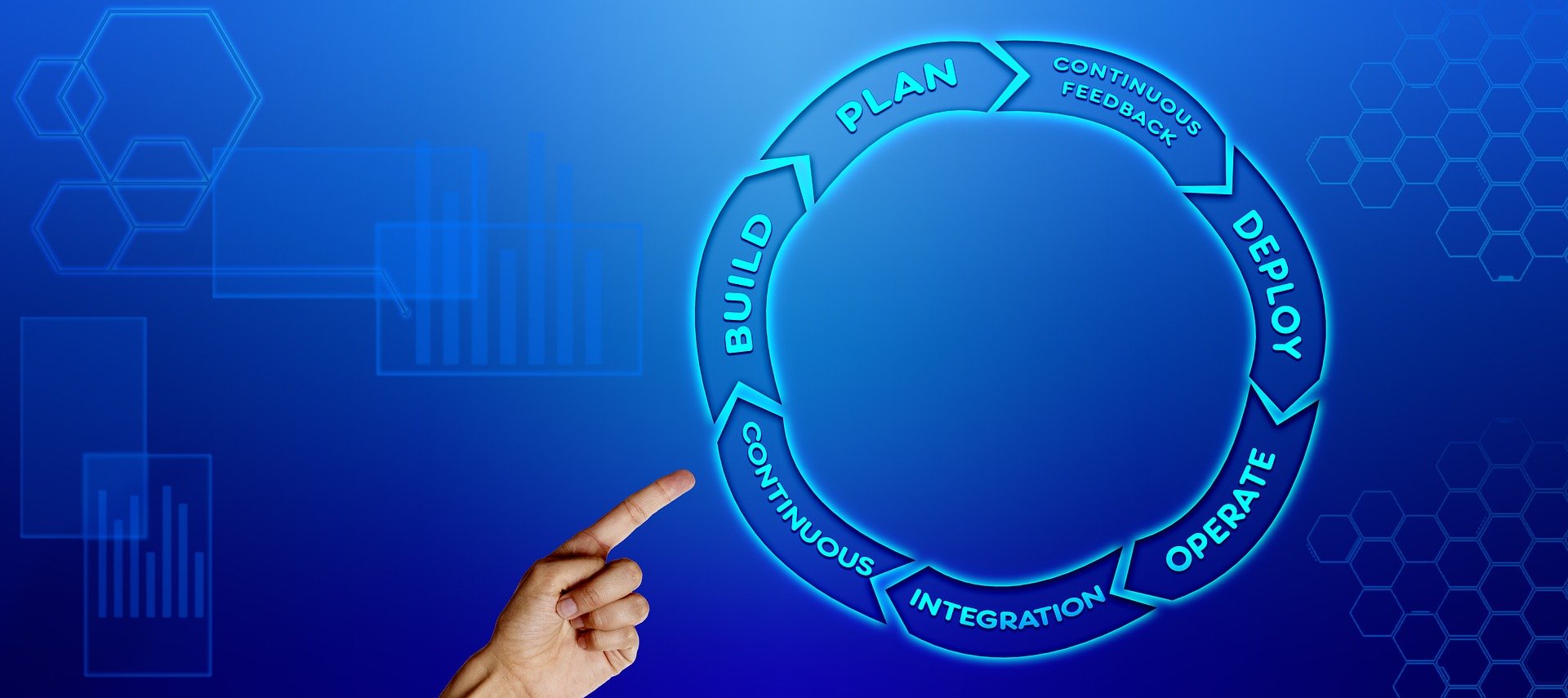Several agile core competencies make up an agile team. The following sections focus on team and technical agility, Business agility, and leadership agility. For each competency, the customer is the primary focus. Measure and Grow is an essential tool for self-assessment. This tool helps you keep track of your progress towards the core practices. It can also help introduce the concepts of business agility. The following sections are meant to give you an overview of the main practices.
Team and technical agility
The two Agile core competencies of the team and technical agility focus on empowering cross-functional teams to deliver innovative business solutions faster. These teams tend not to be constrained by specific Agile frameworks but rather apply the best practices from different methodologies. In addition, they help their organizations become more agile by aligning their work to the organization’s value streams. Team and technical agility assessments can be helpful tools in achieving this goal.
Team and technical agility are key core competencies that allow an organization to build a high-performance, customer-centric product. Agile teams have all the people, skills, and resources needed to meet a single goal, eliminating handoffs and delays. In addition, they are dedicated to a single team full-time, eliminating multiplexing and overhead. As a result, agile teams can produce higher-quality software solutions quickly and often by combining these two competencies.
Both team and technical agility are vital for any organization. In order to achieve true business agility, an organization must be willing to learn and evolve. In other words, they should embrace new processes and technologies and be willing to take risks. Ultimately, they need to stay ahead of the competition. A company needs to be agile enough to adapt quickly to changing market conditions in the digital age. Having a rigid structure is no longer an option.
Business agility
Adaptability is one of the essential components of an agile business environment. New opportunities and threats will constantly change the business environment. Adaptability is about recognizing these opportunities and threats and adjusting quickly and effectively to them. In order to increase business agility, organizations need to have the right skills, knowledge, and culture. Listed below are some of the key characteristics of an agile organization. Learning is a key competency of an agile organization.
Leadership agility
The practice of leadership agility requires a fundamental shift in mindset, behaviors, and practices. Through this process, leaders increase their situational awareness, enhance their ability to adapt to changing circumstances and engage their teams and stakeholders in collaborative decision-making. Leaders with agility mindsets can transform the organization they lead and increase their effectiveness as leaders. Agile leaders focus on communication, collaboration, and skillful dialog, which will enable them to engage their teams more effectively.









